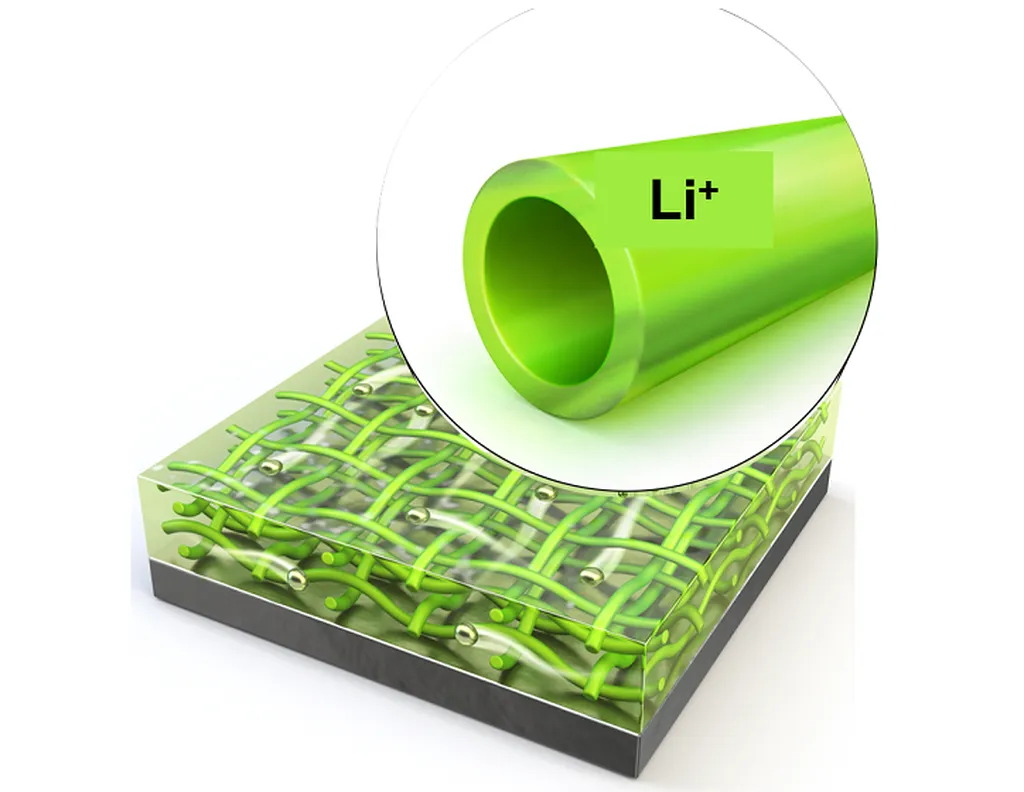In a significant stride towards enhancing energy conversion technologies, researchers have developed a novel electrocatalyst that promises to revolutionize the oxygen evolution reaction (OER) process. This breakthrough, published in the journal *Applied Surface Science Advances* (translated from English), could have profound implications for the energy sector, particularly in the realm of renewable energy storage and conversion.
At the heart of this research are highly porous single-phase rhombohedral CrxRh2−xO3 nanofibers, crafted through a meticulous process of electrospinning and annealing. The lead author, Taehui Kwon from the Department of Chemistry & Nanoscience at Ewha Womans University in Seoul, Republic of Korea, explains, “We optimized the annealing temperature to produce these highly porous nanofibers. The key here is the random distribution of Cr3+ and Rh3+ ions within the rhombohedral crystalline lattice, which induces a synergistic effect that enhances the catalytic activity.”
The oxygen evolution reaction is a critical half-reaction in the splitting of water into oxygen and hydrogen. Efficient OER catalysts are essential for technologies like electrolysis, which is pivotal for producing green hydrogen—a clean energy carrier. The newly developed CrxRh2−xO3 nanofibers have demonstrated superior performance, exhibiting low overpotential and Tafel slope, coupled with high stability and easy product desorption.
Kwon’s team employed density functional theory (DFT) simulations to unravel the underlying mechanisms. The simulations, integrated with experimental data, revealed that the increased activity of the nanofibers is attributed to moderate d-band center energy levels. These energy levels regulate the adsorption and desorption capacities of oxygen intermediates (*OH, *O, and *OOH), thereby facilitating the OER process.
The commercial impact of this research is substantial. Efficient OER catalysts are crucial for advancing water electrolysis technologies, which are integral to hydrogen production. Hydrogen, in turn, is a versatile energy carrier that can be used in fuel cells, industrial processes, and even as a fuel for transportation. The development of more efficient and stable catalysts like CrxRh2−xO3 nanofibers can drive down the costs and improve the performance of these technologies, making them more viable for large-scale deployment.
Moreover, the methodology employed in this research—combining electrospinning, annealing, and DFT simulations—offers a robust framework for the development of other advanced materials. This could open new avenues for research and development in the field of energy conversion and storage.
As the world grapples with the urgent need for sustainable energy solutions, innovations like these bring us one step closer to a cleaner, greener future. The research conducted by Kwon and his team not only advances our understanding of electrocatalysis but also paves the way for practical applications that could reshape the energy landscape.

